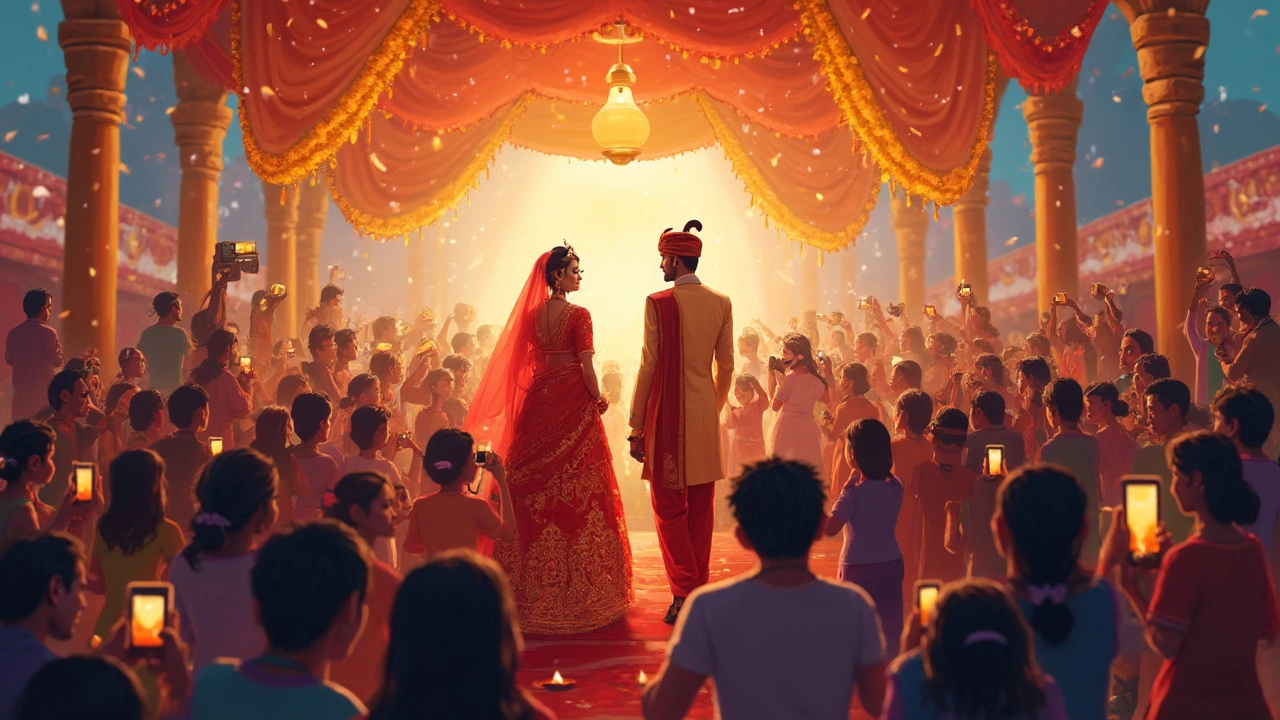
Imagine your wedding day, a whirlwind of emotions, incredible dresses, dancing, laughter, and maybe a few happy tears—capturing all these moments is what makes photography a big deal. But, let's get practical. How many photos can you expect from a day like this when you have an 8-hour coverage lined up?
It turns out this isn't a one-size-fits-all situation. So many things shape how many photos you get, from the photographer’s style to the day's timeline, and even the weather can play a part. However, most typical 8-hour weddings result in anywhere from 400 to 800 photos. Why so many? Well, photographers snap lots of shots to capture all the magical, candid, and must-have moments.
Now, before you dive into hiring a photographer, knowing your own expectations is crucial. That way, you can clearly communicate them to your photographer, which can make the whole process a lot smoother. If you've got a big family or a sprawling guest list, that's one thing. But maybe you’re aiming for a more intimate setup—your choice can influence the photo count.
- Understanding Wedding Photography Timelines
- Factors Influencing the Number of Photos
- Client Expectations vs. Photographer's Delivery
- Balancing Quality and Quantity
- The Role of Post-Production
- Tips for a Smooth Photography Experience
Understanding Wedding Photography Timelines
Planning out the photography timeline for a wedding might sound like a tedious task, but honestly, it's a lifesaver. Having a solid schedule can ensure that your wedding photos turn out just the way you dreamt. So, what does a typical day look like?
First off, photographers usually kick things off with the bride and groom getting ready. These shots capture some of the most intimate and emotional moments. You know, those candid snaps of buttoning up dresses or whispering a quick word of support. This part usually takes about an hour or two.
Next up is the ceremony itself. Depending on religious or personal preferences, this can last anywhere from 30 minutes to an hour. During this time, photographers are busy capturing every crucial moment, from vows to the first kiss.
After the ceremony, it's typical to have a photo session with family and the bridal party. This can quickly become chaotic, so having a well-planned list of group photos can save time. This part might take another hour, depending on how many different groups there are.
When the reception rolls around, your photographer will be ready to snap the first dance, cake cutting, speeches, and all those fun moments on the dance floor. Some photographers even catch the bouquet toss and last dance.
So all in all, dividing up an 8-hour wedding into these sections ensures not a moment is missed. Sticking to a timeline also means you won't have to rush, letting you enjoy each moment to the fullest without feeling like you're on a tight schedule.
Factors Influencing the Number of Photos
When it comes to nailing down how many photos you'll get from an 8-hour wedding, several factors come into play. These factors not only affect the number of shots but also the overall vibe and coverage of your big day.
Photographer's Style: Some photographers are known for capturing every little candid moment, while others focus on more posed and editorial-style shots. If your photographer is all about those sneaky candids, expect a lot more images—because they’re catching everything from the groom’s nervous smile to grandma's dance moves.
Wedding Size and Location: The bigger the wedding, the more faces and moments to capture. If you're tying the knot in a vast venue or a scenic outdoor setting, your photographer will likely take more photos to cover all angles and backgrounds.
Timeline of Events: An 8-hour wedding day might include getting ready, the ceremony, reception, and maybe even an after-party. Each segment of the day will produce its own batch of photos, and a detailed timeline ensures none of those moments are missed.
Shot List: If you're providing a detailed shot list, like specific family group photos or must-have ceremony angles, this could increase the total photo count. The more specific your requests, the more images you'll likely receive.
- Pre-Ceremony: Shots of getting ready, detail shots of attire and rings, first looks.
- Ceremony: Vows, ring exchange, that unforgettable "I do" moment.
- Reception: Speeches, first dance, cake cutting, and all the fun bits in-between.
Understanding these factors can help you communicate effectively with your photographer to ensure your expectations align with reality. Get these details sorted out ahead of time for a stress-free experience, so you can focus on enjoying your day!
Client Expectations vs. Photographer's Delivery
So, you're gearing up for the big day and want to make sure your wedding photography captures every moment. But what if you and your photographer aren’t on the same page? Clear communication is key. Trust me, just talking about what you expect versus what the photographer plans to deliver can save a lot of headaches later.
First thing: browse portfolios. Take a look at your photographer’s previous work to understand their style—some focus on posed shots, while others might lean heavily on candids. Are you more of a black-and-white nostalgic or do you prefer vibrant colors that pop? This is the kind of stuff to figure out during initial meetings with them.
Typically, an experienced wedding photographer will have pre-set packages based on coverage time and expected photo count. So, if you've booked them for eight hours, it's not unusual to receive between 400 and 800 photos. This range doesn’t mean you'll get only 400 or 800 exact shots, but it's an average ballpark to set your expectations.
Want specifics captured? Maybe it’s that candid laugh between you and your partner, or that tearful speech from Grandma. List out these specifics because photographers aren't mind-readers. Breaking things down turns out to be super helpful.
- Discuss the main events you want to focus on: getting ready, the ceremony, the reception.
- Consider any photo styles you love or absolutely don’t want. Communicate this clearly.
- Set a realistic expectation for photo delivery—on average this can be around 4-6 weeks.
Oh, and that brings us to editing. Post-production smartly done takes time because this is where all the magic is polished to shine bright. So, on top of the number of photos, find out about the editing process too.
Last pro tip: hire a photographer whose work you love. You’ll feel 100% more at ease and that natural connection will be evident in your photos, adding that extra touch of genuine smiles and candid moments. All these add up to make sure what you expect falls closely in line with what is delivered.
| Coverage Time | Expected Photo Count |
|---|---|
| 4 Hours | 200-400 |
| 8 Hours | 400-800 |
| Full Day | 800+ |
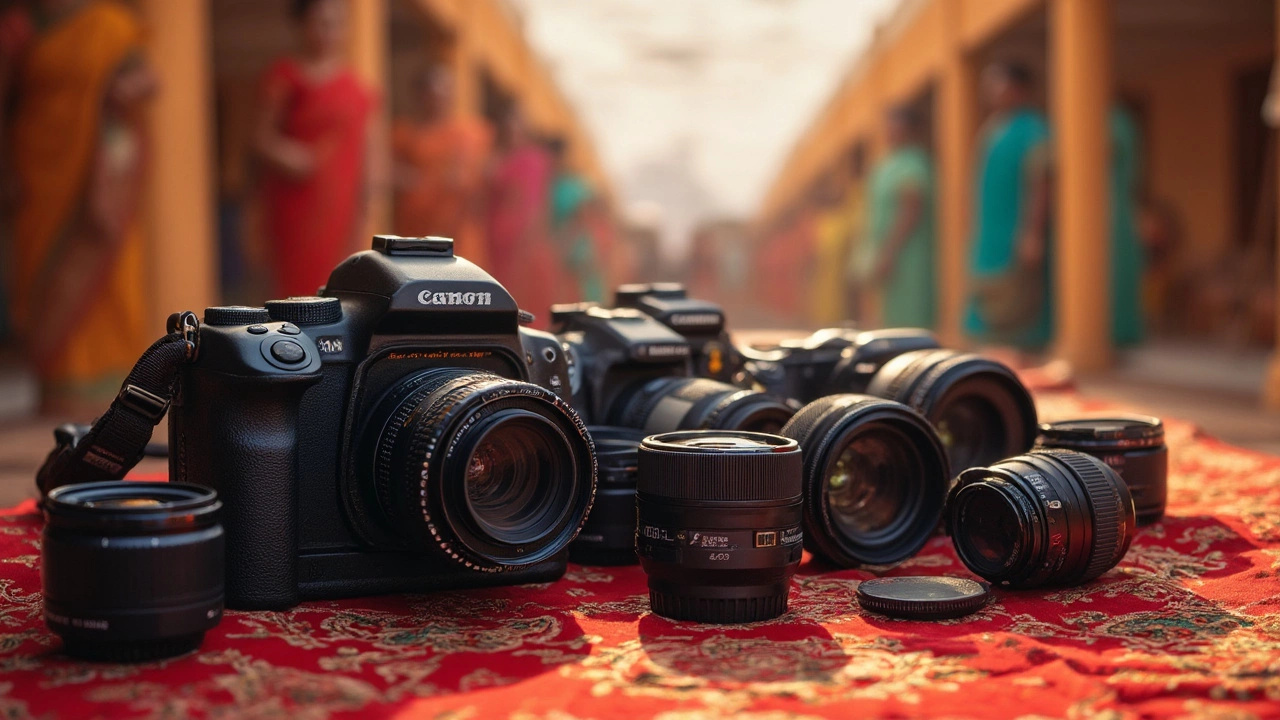
Balancing Quality and Quantity
When it comes to wedding photography, one of the biggest puzzles is balancing the number of photos with their quality. Couples often wonder if getting more pictures from their 8-hour wedding means they have to compromise on how great each photo looks. Spoiler alert: it's all about the skills and techniques of your photographer.
Good photographers know how to manage their time and equipment to ensure both quality and quantity. They might take hundreds of shots, but it’s their keen eye during post-production that narrows these down to the most stunning and meaningful images. This editing process is crucial because, honestly, you don't need ten versions of the same shot unless it was a funny blooper!
Having an initial chat with your photographer about the style you like—such as candid shots or more posed photos—can help them focus on capturing what you'll treasure most. This clarity before your event coverage starts will save time on the day and help boost the quality of photos you get.
- Discuss your 'must-have' shots with your photographer ahead of time.
- Ask about their approach to editing and what their typical delivery includes.
- Understand if they specialize in natural light or if they work best indoors with additional lighting.
For those curious about stats, a Nikon report highlighted that a seasoned photographer usually delivers around 10% of all the photos taken, fully edited. So, for an event with 1000 snaps, you might expect around 100 polished images in your final gallery.
In the end, it’s about finding a photographer who can strike this balance, delivering a collection you’ll be proud to show off—without sacrificing either quality or quantity.
The Role of Post-Production
Once the wedding is over and everyone's feet are sore from dancing, the magic behind-the-scenes work of post-production begins. It's not just about clicking and capturing; it's about transforming those raw shots into polished memories. This phase is where photographers turn hundreds, sometimes thousands, of images into that perfect album you cherish forever.
During post-production, photographers engage in several tasks:
- Selection: Not every photo captured will make the cut. Photographers sift through the files, picking out the best ones that tell your story—think natural smiles, spontaneous moments, and beautifully framed shots.
- Editing: This is where the magic happens. Using tools like Photoshop and Lightroom, photographers adjust lighting, contrast, and colors. They might also retouch faces and remove any distractions in the background, making you and your guests look your absolute best.
- Styling: Depending on the photographer's unique touch or the given brief, they might apply certain filters or aesthetics to fit the theme of your wedding better.
The editing part can actually be a bit time-consuming. It’s not uncommon for post-production to take several weeks, even if the wedding photography was just an 8-hour gig. Photographers want to ensure that each image meets high-quality standards so that your memories look flawless.
In some cases, photographers also offer add-ons like designing photo books or creating slideshows, which further enhances the final presentation of your wedding photos.
So, while your big day goes by in what feels like an instant, remember there's someone meticulously crafting those memories. That means when you look at your wedding album, it’s not just a collection of moments—it’s a curated experience reflecting all the cherished emotions from that day.
Tips for a Smooth Photography Experience
Planning wedding photography doesn't have to be stressful. With a few smart moves, you can make sure your big day is captured exactly how you want. Here are some killer tips to keep everything running smoothly.
First things first, nail down what you want with your wedding photography. Are you picturing candid shots of guests laughing or poised, elegant photos? Communicate your vision early on with your photographer.
Next up, consider the timeline. Make sure there's enough time scheduled for the photos you envision. Those couple portraits and group family shots? They take time! Discuss a timeline that works for both you and your photographer.
- Scout the Venue: Know your venue inside and out. Discuss with your photographer about any cool spots within the venue where you'd love to have photos taken.
- Lighting Conditions: Understand the lighting you’ll be dealing with. Golden hour can create some dreamy wedding photos. Talk about lighting with your photographer, especially for those crucial moments.
- Wardrobe Coordination: Coordinate with the wedding party to avoid any wardrobe clashing. A little planning can make sure your photos look cohesive and stylish.
- Have a Shot List Ready: This can save time and ensure your photographer doesn’t miss any must-have shots. Include both traditional shots and any quirky ideas you might have.
Finally, give your photographer some creative freedom. They’re pros for a reason and might have some amazing ideas up their sleeves you haven’t even thought of.
A little inside tip: You can ask for a sample gallery from past weddings they've shot. It'll give you a glimpse of their style and what to expect in your wedding album. And remember, communication is key—keeping the dialogue going with your photographer can make all the difference between good photos and truly fantastic ones.
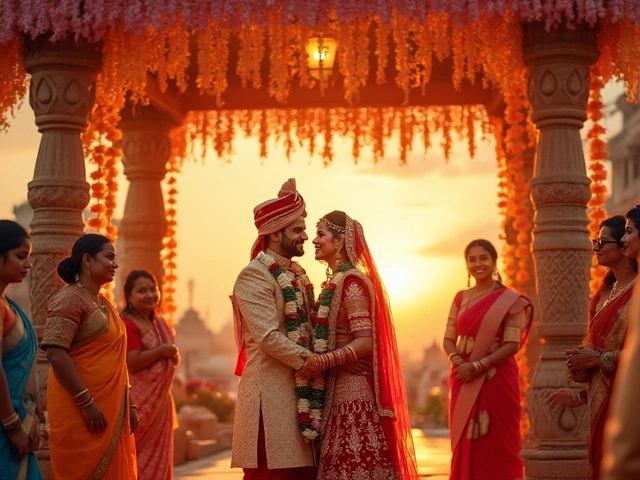
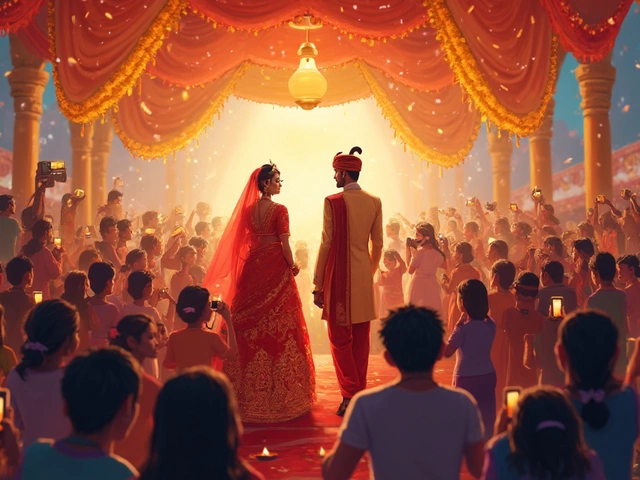
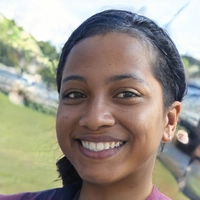
Comments
Post Comment